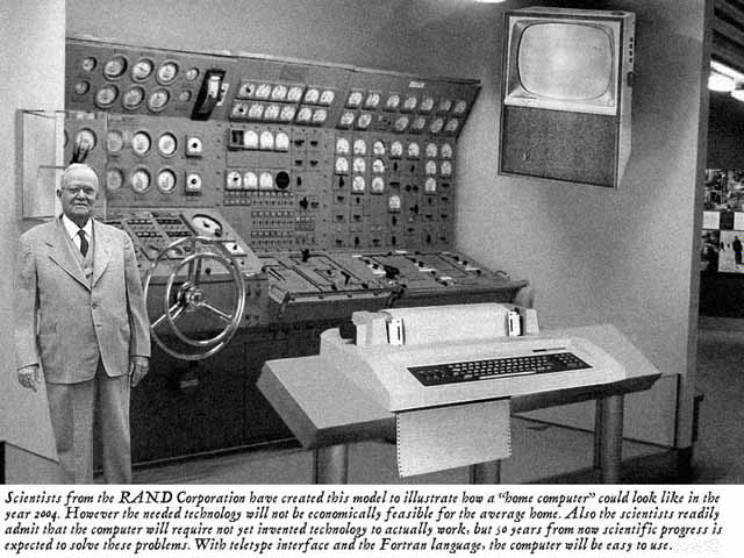Focus Question #2
Technology does provide unique assistance in the classroom.
However before I talk about that let us take a look at how technology is used
in the field of science. Computer technology whether people know this or not
date all the way back to the Mesopotamian and Egyptian time period of early
century. No date specifically exists that marks the creation of the first
computer of course referring to the numeric calculator the abacus. So we as
humans have always discovered innovative ways to simplify our daily lives the
best we can. Even the Sextant was a marvel of its time and lead to many great
discoveries such as America. Now back to the question this is how technology
promotes learning. From the great minds of Phineas and Ferb on their cartoon
television series the “stone-age was once the future so was the medieval
period.” So now what does that have to do with just simply dealing out a few
extra bucks to ensure a computer is in every classroom? It has everything to do
with that to an outsider it merely looks like a computer in a classroom, but to
a student it’s a library, it’s the milky-way galaxy, it’s the deepest depths of
the oceans. “Beauty is in the eye of the beholder” to some this represents a
person well to me a computer is that person it’s not what brand or company made
the computer it’s the limitless ends of information at the hand of a fingertip
that makes this so great. That is what Chapter two in our book is trying to
convey to us and explain that when you give a kid a computer you are giving
them more than a hunk of plastic that goes bzzzzoooommmm.
Tech Tool Titan Virtual Tour
I have always loved and will always love the nasa.gov site
it has tons of amazing features and informational interactive tools that to me
no other site can compare. Although the images are not necessarily top notch
like the images of history or the images we take of the deep ocean. However cut
us scientists a break I mean we have only been space exploring for about 44
years compared to history we aren’t old enough to be out of diapers yet. My
favorite activity from the site is the ability to explore galaxies and learn a
new planet I’ve never seen before. The interactive planets are something new to
me, but I hope to see more of them.
Summary of CH.2
Chapter two had great information to support their belief
that technology should start being incorporated into the school’s Curriculum It
talks about how computers make history come to life by allowing students to do
more than just listen to history, but actually participate in interactive
history boards bringing the lesson to life. It explained the three learning
theories Behaviorism, Cognitive science, and Constructivism. It stated that
teacher centered instruction or transmission teaching is out dated and is no
longer keeping America ahead of other countries when it comes to primary and
secondary TIMSS examination. So we need a solution and the technology we take
for granted everyday can be the solution we need.


